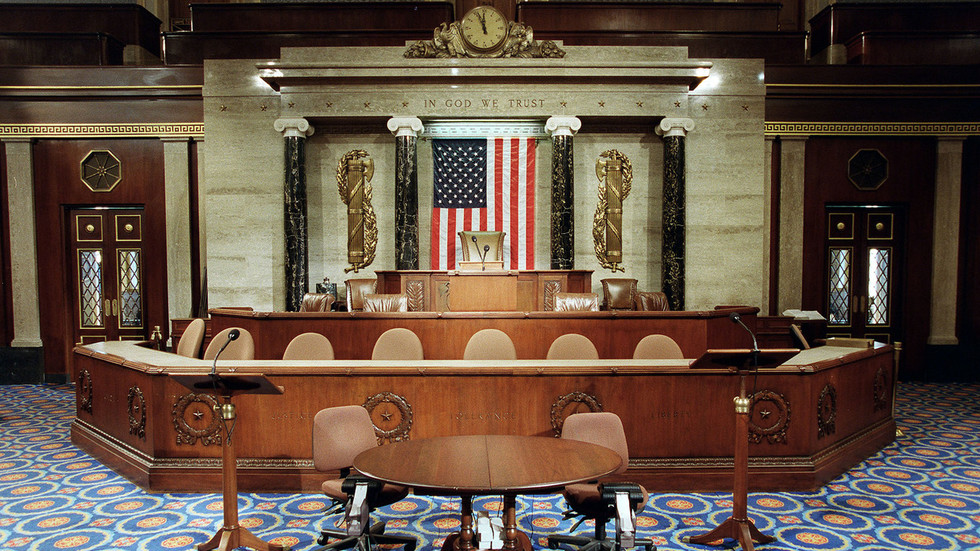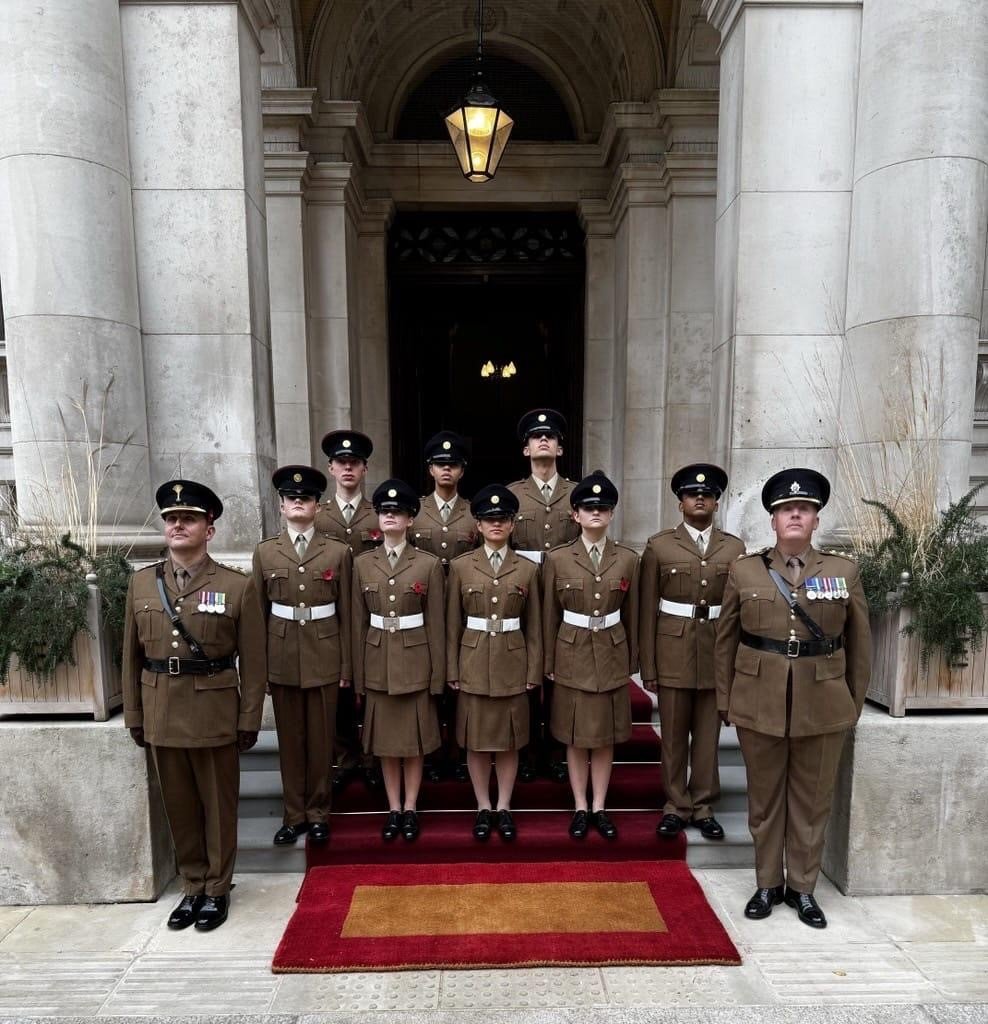BELÉM, Brazil, Jul 25 (IPS) – Hotels and other amenities may be lacking for participants at the 30th Conference of the Parties on Climate Change (COP30), in this northern Brazilian city in late 2025, but the bottom line is they will have a unique experience in the Amazon.
Discussing the Amazon in the Amazon itself distinguishes COP30 from its predecessors and contributes to more objective talks on the global climate crisis and to the resolution of long-standing demands of Belém, a true Amazon capital, according to Elizabete Grunvald, president of the Pará Business Association (ACP).
Belém is the capital of the state of Pará, in the eastern Brazilian Amazon.
“The conference is an opportunity to unblock many projects that have been stalled for decades in the city,” Grunvald told IPS in an interview. As an example, she pointed to the luxury hotel that will emerge from the adaptation of an 18-storey building near the port, which served as the headquarters of the Federal Revenue Bureau until it burned down in 2012.
Twelve years later, the national government ceded the property to the state of Pará, which gave it in concession to the private sector for conversion into a hotel. COP30 has brought about drainage initiatives, the widening and repair of streets, the construction of urban parks and a large convention centre.
But the new hotel, with 255 rooms, a 230 square-metre presidential suite and six smaller special suites, will do little to reduce the city’s hotel shortage.
“Belém has 18,000 hotel beds, we would need another 30,000,” says Grunvald, who believes the estimation of 80,000 COP30 participants coming to the city is an exaggeration. She expects 60,000, nothing comparable to the almost 100,000 who attended the Dubai COP28 in 2023.

Three cruise ships will serve as hotels, with a capacity of 7,000 to 8,000 guests. Three more ships could be added, according to the ACP president. For this purpose, the Guajará Bay, in western Belém and gateway to the Atlantic, will be dredged.
Campaigns will encourage residents, including wealthy mansion owners, to host or rent their homes to COP30 visitors. “They will earn dollars or euros and will be able to enjoy a pleasant holiday,” Grunvald argued.
Schools and other public buildings will be made available to participants on a budget. Schools will be on holiday during the conference and civil servants will telecommute to alleviate urban mobility.

A park for COP30
The official conference, organised by the United Nations Framework Convention on Climate Change (UNFCCC), will take place in the City Park, currently under construction, which will include an airport and an area of 560,000 square metres that will house two convention centres, as well as other gastronomy and culture hubs, with theatres and museums, including one for aircraft.
It is the main urban project, along with 12 others, being developed by the mayor’s office and the government of the state of Pará. In all, investments will amount to the equivalent of US$750 million dollars.
Grunvald, who oversees the preparations for the mega climate event and mobilises the business community, is optimistic about what COP30 could represent for the development of Belém and the Amazon. It will attract investment and put the city on the global tourism route, she anticipates.
“No city, with the exception of megacities like New York or Tokyo, has the infrastructure for events like the COPs. But the shortcomings and failures do not erase the impression of visiting the Amazon, the contact with the peculiar goods and culture, different from the rest of the world. Participants will become our advocates,” Grunvald confided.

She personifies the transformation the capital of Pará is going through, being the first woman to preside over the ACP, founded in 1819 as the second business association in Brazil, after that of the northeastern state of Bahia.
Although having the ‘business’ adjective in its name, it is a unique multi-sectoral guild, which also includes industry, services and even water business. Hence its broad interests in the climate conference.
COP30 also confronts Belém and its 1.3 million inhabitants with its climate adversity. It will be the second hottest city in the world by 2050, with 222 days of dangerous temperatures per year, with more than 32 degrees Celsius or 89.6 degrees Fahrenheit, predicted Carbon Plan, a US non-governmental organisation.
Only Pekanbaru, Indonesia, will surpass it, with 344 days of extreme heat. In third place, with 189 days, will be Dubai, United Arab Emirates, the venue for COP28.

Poor infrastructure
Today, Belém is a poor city, longing for its past prosperity as a gateway for goods and people to and from the Amazon, which is reflected in its historic downtown, expanded during the golden age of natural rubber in the late 19th and early 20th centuries.
It now faces the challenge of hosting thousands of foreign authorities, including dozens of heads of state and government, for COP30 in November and December 2025, with a poor infrastructure for hotels, transport and basic sanitation. Open sewage canals criss-cross the city.
Treated water reaches 71.5% of its population, but sewage covers only 15.7% and wastewater treatment is limited to 3.5%, explained geographer Olga Castreghini, a retired university professor currently involved in Amazonian projects, during the annual meeting of the Brazilian Society for the Advancement of Science, held in Belém from 7 to 13 July.

Mega-events and their white elephants
The city’s challenges toward COP30 was the theme of a panel shared by two geographers and two urban planners from local universities, who are part of a group of researchers who gather to analyse the projects, the organisation and the legacy of the summit for Belém and the Amazon.
The bulletin Focus on the COP informs on the academic monitoring of what Castreghini defined as a “niche, not massive, mega-event”, which attracts participants focused on the environment and climate, “very interested in the Amazon.”
The geographer seeks to accompany “the conflicts between the urgencies of local society and the demands of the mega-event,” which could affect the sustainability of projects after COP30.
She recalled the white elephants and numerous unfinished works left by two massive mega-events of the past decade in Brazil: the 2014 World Cup and the 2016 Olympic Games in Rio de Janeiro.
The light rail transit system was abandoned after initial works in Cuiabá, capital of the central-western state of Mato Grosso. Some stadiums survive underused, while the Olympic Park deteriorates unused in Rio de Janeiro, as do neighbourhoods and airports built for the Cup in the northeast.
Architect and urban planner Helena Tourinho fears that, as usually happens in these mega-events, the process of gentrification will accelerate, with some neighbourhoods gaining value and their poor inhabitants being expelled to the outskirts of the city.
COP30 unleashed a wave of works that privilege some neighbourhoods to the detriment of the historic downtown of Belém. Tourinho told IPS that the investments in the city centre, taken care of by the mayor’s office, amount to the equivalent of US$14 million, while in other neighbourhoods they rise to US$185 million.
The historic downtown has suffered gradual degradation since the 1970s, stressed by an invasion of street and informal commerce, mostly in cheap Asian products.
“The environment being built over or emptied was not altered, unlike the nature of its activities,” said the urban planner, along with disasters such as fires and collapsed houses.
Without revitalisation or restoration programmes, the historic downtown of Belém, an urban asset, seems forgotten and under increasing siege by real estate businesses in the surrounding area, she concluded.
© Inter Press Service (2024) — All Rights ReservedOriginal source: Inter Press Service





















Discussion about this post